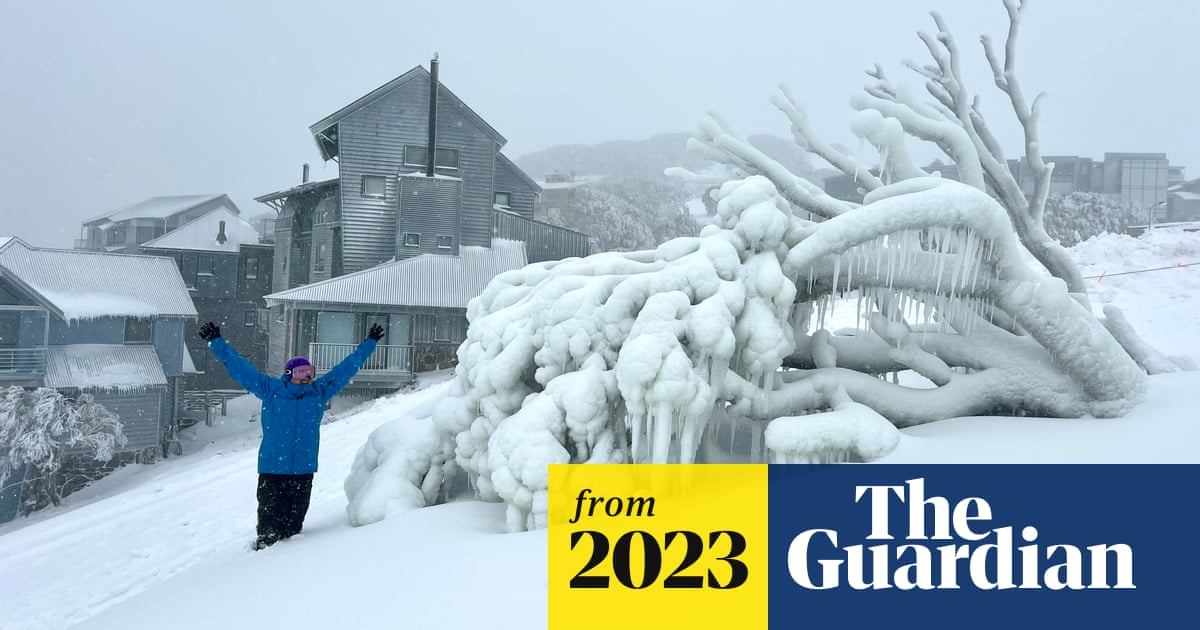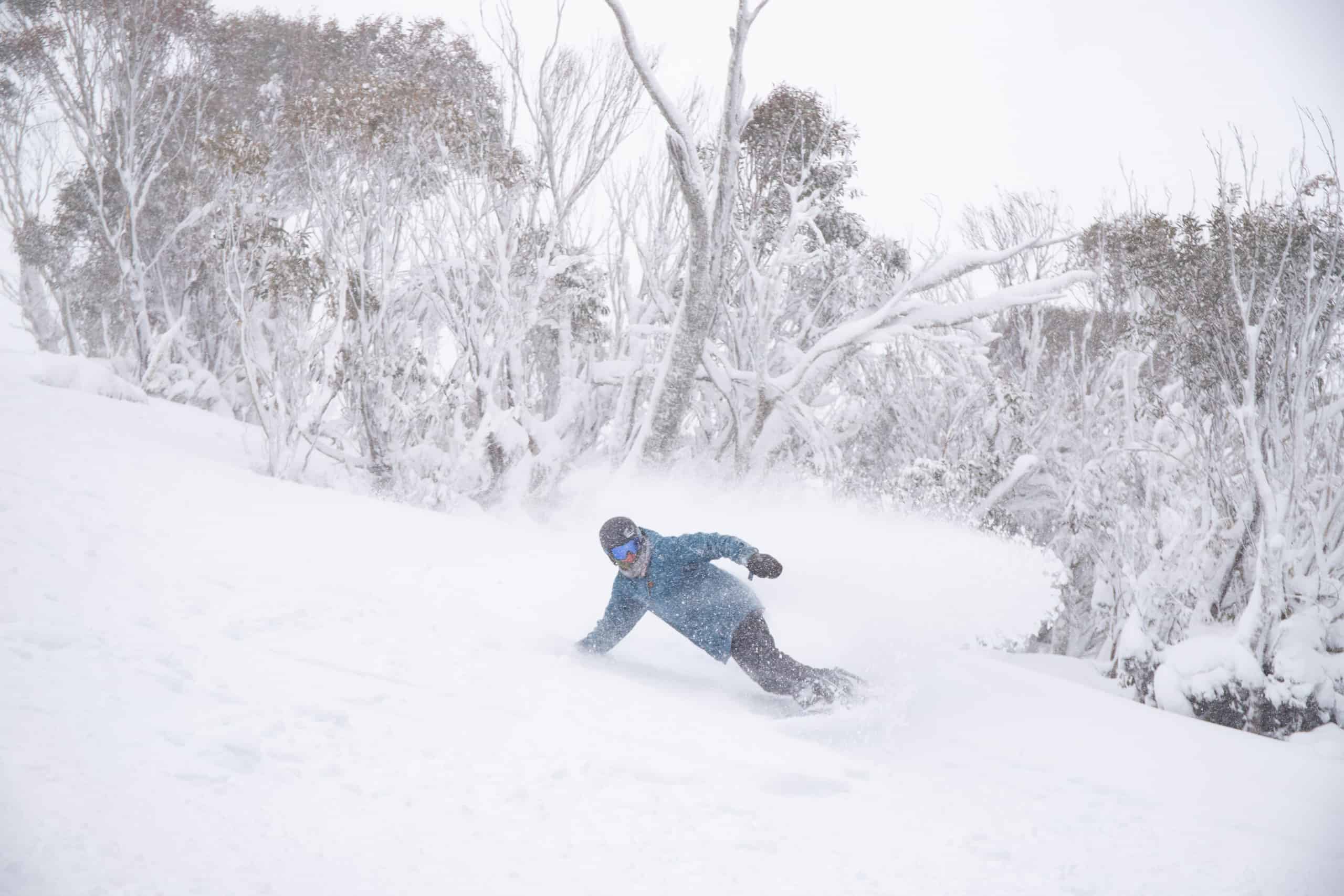Learn About the Areas That Regularly See Snow In Australia During the Chilly Periods
Discover the Fascinating Results of Snow in Australia on Local Ecological Communities
Despite its reputation for sun-soaked landscapes, Australia likewise flaunts areas blanketed by snow-- a sensation that profoundly influences the nation's one-of-a-kind ecosystems. The protecting residential properties of snowflakes shield plants and fauna amidst the coldest winter seasons, while the melting snow supports rivers and aquatic life. The actual marvel lies in how these wintry conditions form the nation's biodiversity and nutrient cycles. As we untangle this detailed partnership, we find ourselves treading on untouched premises in Australia's high country.
The Unforeseen Areas of Snowfall in Australia
Although Australia is frequently related to sandy coastlines and sun-scorched landscapes, certain regions surprisingly experience snowfall. The high nation regions of New South Wales, Victoria, and Tasmania are particularly recognized for their winter snow. The Snowy Hills in NSW, for instance, receive plentiful seasonal snow, offering a stark contrast to the country's normal hot, dry environment. Meanwhile, the Victorian Alps and components of Tasmania additionally see yearly snowfalls, transforming the landscape into a wintertime paradise. These locations are not simply anomalies yet important components of Australia's diverse climate system. The existence of snow in these areas considerably influences neighborhood ecological communities, consequently affecting the nation's distinct biodiversity. The particular effect on Australia's unique flora will be reviewed in the following area.

Exactly How Snow Impacts Australia's Unique Flora
While it may seem unusual, snowfall in Australia plays a vital duty fit the nation's special plants. The snow-filled wintertimes foster strength in Australian plant species. This is especially noticeable in the towering and sub-alpine regions, where snow gum tissues and mountain plum-pines thrive. These plants have actually advanced to survive in extreme problems, with snow functioning as a safety covering from harsh winds and freezing temperature levels. The snow likewise adds to the dampness material of the dirt, providing essential hydration recommended you read for plant life throughout the dry summertime. In essence, the snow affects the timing of flowering and seed dispersal, the growth rates, and the survival of many plant species, showcasing the intricate interaction between climate and vegetation in Australia.

The Adjustments of Australian Animal to Snowfall
Equally as Australia's vegetation has actually adapted to the wintery problems, the neighborhood fauna also, display exceptional adaptations to the snowfall. Species like the Mountain Pygmy-possum, the only Australian marsupial recognized to hibernate, have actually progressed techniques to survive in snowy environments. It utilizes the snow as insulation, hibernating in rock holes below the snow to stay warm. Likewise, the Snow Skink, a species of lizard, transforms its colour to white throughout winter, giving camouflage versus killers. Birds such as the Snowy Mountains' Crimson Rosella likewise adjust their diet regimens to consume offered food resources throughout chillier periods. Thus, despite the extreme problems, Australian animals demonstrates a adaptive and resilient nature, guaranteeing their survival in regions experiencing snowfall.
The Role of Snow in Forming Neighborhood Ecological Communities
In forming the neighborhood ecological communities, the duty of snow in Australia is both multilayered and extensive. Snow provides an important water source, feeding rivers and tanks as it melts, thus sustaining a range of water life kinds. The existence of snow shapes the vegetation patterns, animal behavior, and overall sustainability of Australia's one-of-a-kind communities.

The Future of Snowfall in Australia: Implications and forecasts

Given the crucial function snow plays in shaping neighborhood communities, the future of snowfall in Australia is drawing boosting focus from scientists and official website environmentalists. Less snow can result in reduced water accessibility in towering areas, adversely impacting wild animals environments and plant life. The tourist industry, greatly dependent on the winter months snow period, might likewise face considerable difficulties.
Verdict
The duty of snow in Australia's ecosystems is critical yet usually neglected. Thus, the snow in Australia is much more than a natural spectacle; it's a vital gamer in the Check This Out country's environmental narrative.
In spite of its online reputation for sun-soaked landscapes, Australia additionally boasts areas buried by snow-- a sensation that profoundly affects the nation's special ecosystems. It makes use of the snow as insulation, hibernating in rock holes below the snow to stay warm - Does Australia Get Snow.In shaping the regional ecological communities, the role of snow in Australia is both multilayered and profound. The visibility of snow shapes the plants patterns, animal actions, and total sustainability of Australia's distinct ecological communities
Provided the vital duty snow plays in forming regional ecological communities, the future of snowfall in Australia is attracting increasing attention from scientists and conservationists.